By Stacey Wittig
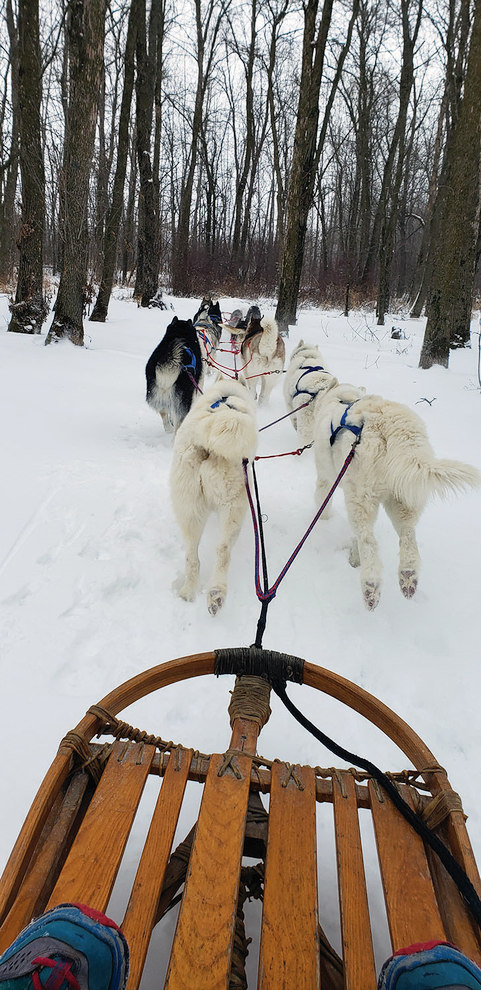
“Right!” Jim shouted from the rear of the speeding dog sled. “Right!”
The lead dogs at the head of the sixteen-dog team turned to the right as we reached the intersection of groomed trails at Siberian Outpost near Fond du Lac, Wisconsin. The wooden sled – with me in it – swung into the corner’s apex, and then we pop out of the turn, going strong.
I had no idea dog sledding could be such a rush for the person along for the ride. But there I was with cheeks tingling in the subzero wind, dogs kicking up the light snow, and the trees whipping by. My heart pumped with bursts of adrenaline.
“But wait, do you know it takes eight weeks of bootcamp to get soldiers to do that?” My husband Dan interjects as I tell him the story later.
“Do what?” I ask, somewhat exasperated with the interruption.
“To turn right all together when commanded, ‘Turn right.’ It takes four soldiers in key positions to get the platoon to turn right. You’re trying to tell me that dogs know their right from their left?” he asks suspiciously.
Dan spent eight weeks of boot camp at Fort Knox, where evidently young men had trouble knowing their right from their left.
Earlier, Jim Feyen (pronounced ‘fine’), who has run Siberian Huskies for the past 27 years, told me that dog mushers typically use the words gee and haw for right and left. “But when I started, I didn’t know which was which, so I just used right and left,” he laughed. Since those early days, Jim has come a long way, and is now quite a dog sledding expert.
He and his wife Judy rescue Siberian Huskies and train them to work with school kids and families who come to learn about the exciting winter sport of dog sledding. He also takes couples and individuals – like me – who desire an exceptional experience or commemorate a special occasion with a winter adventure.
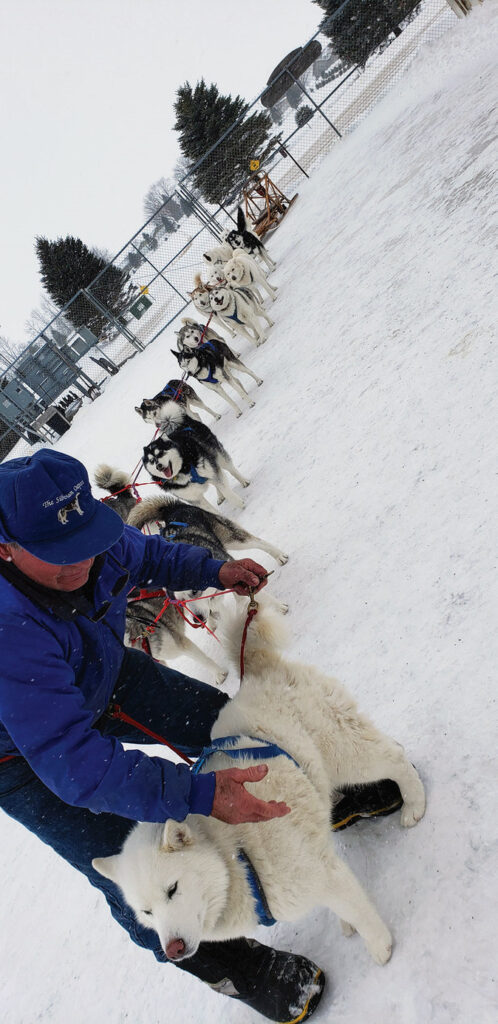
“We have 16 running and two in retirement,” explained Jim. Most of the dogs at Siberian Outpost are rescues or surrenders. “Someone calls me and knows someone else who must get rid of their Siberian or get evicted from their apartment,” Jim said. They also work with Wisconsin foster organizations. Jim then trains the rescued or surrendered dogs to be part of the team, which gives demonstrations to school children and rides to other groups or individuals.
Jim hitched up all 16 dogs to take me out on the run through the Wisconsin countryside.
“They can each pull 100 pounds,” he said, “So we could carry 1,600 pounds in the freight sled.”
All his dogs were healthy and happy. The kennel area had in-floor heating, and the canines were free to roam from the kennels to the large, meticulously clean paddock area.
Siberian Outpost sits on 37 acres of glacial landscape. Jim has carved over three miles of trails through the woods, across ponds, and over the fields. He maintains the trails with grooming machines in the winter, and during the summer, he hauls gravel. When there is no snow for the sled, he hitches his team to a wheeled cart that guests ride.
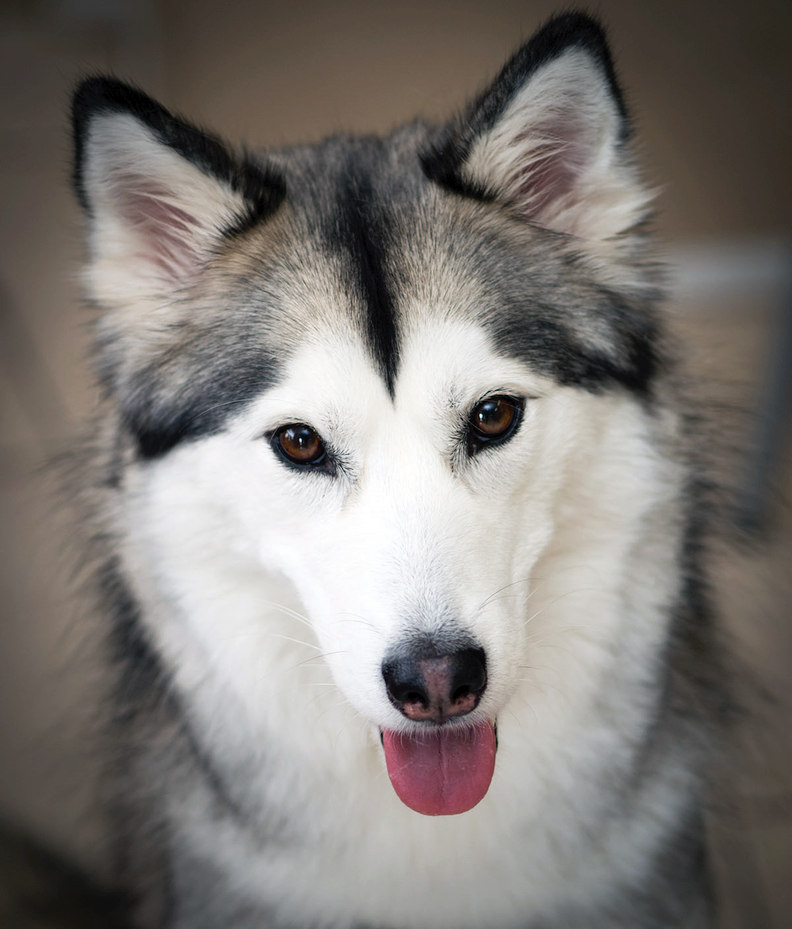
Over almost three decades that the Feyen family has worked with Siberian Huskies, they have lost some of their faithful companions. A memorial to those beloved dogs is in the winter warming house, where photos and the dogs’ blue soft-nylon harnesses hung on the wall.
“Those are the retired jerseys,” Jim said wistfully.
Happy faces of Siberian Huskies peer from the photos with names like Kodi, Juneau, and Buck engraved on the dog-bone-shaped harness hangers above. A plaque on the wall read: “Our dogs have left pawprints on our hearts.”
Also in the warm gathering space were displays of dog sledding equipment, including Klondike and Toboggan dog sleds, an antique freight sled, and a fireplace. Posters and information about the Iditarod Trail Sled Dog Race provide useful information about the history of the nearly 1,000-mile race through Alaska.
The 1925 Serum Run
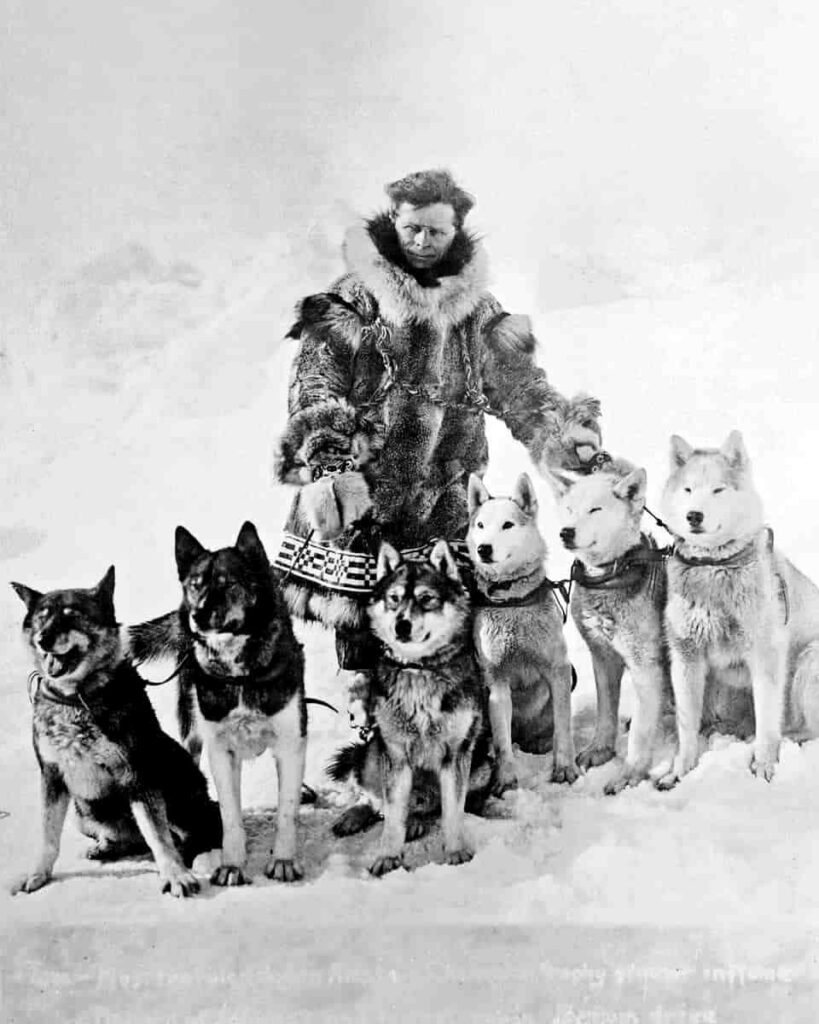
While at Siberian Outpost, I learned that the Iditarod race commemorates the 1925 Serum Run that saved many in Nome, Alaska, from a rising epidemic. The heroes of the inspiring true story were the 160 dogs and 20 mushers who risked -62F temperatures and blizzard conditions to deliver the diphtheria vaccine. A previous influenza pandemic called the Spanish Flu, or the 1918 Flu Pandemic, wiped out half of Nome’s native population just seven years before. Hence, the people of Alaska thought it critical to get the serum to the snowbound town.
One of those citizens, Leonhard Seppala, a seasoned dog sled racer, knew that the only way to deliver the vaccine was overland by dog sled. He and his lead dog Togo were one of 20 dog sled teams in the six-day relay, which delivered the diphtheria antitoxin serum over 600 miles from Anchorage to Nome. Afterward, Togo and other dogs became national canine celebrities and helped promote inoculation campaigns in the US. Today’s Iditarod race follows some of the routes used by the Serum Run dog sled teams. The story seems worth retelling during today’s race to distribute COVID-19 vaccines.
The Leonhard Seppala Humanitarian Award that honors excellence in sled dog care is named for the dog driver, who also competed in the 1932 Lake Placid Winter Olympic Games. Disney released a movie about the man and his dog titled Togo in 2019.
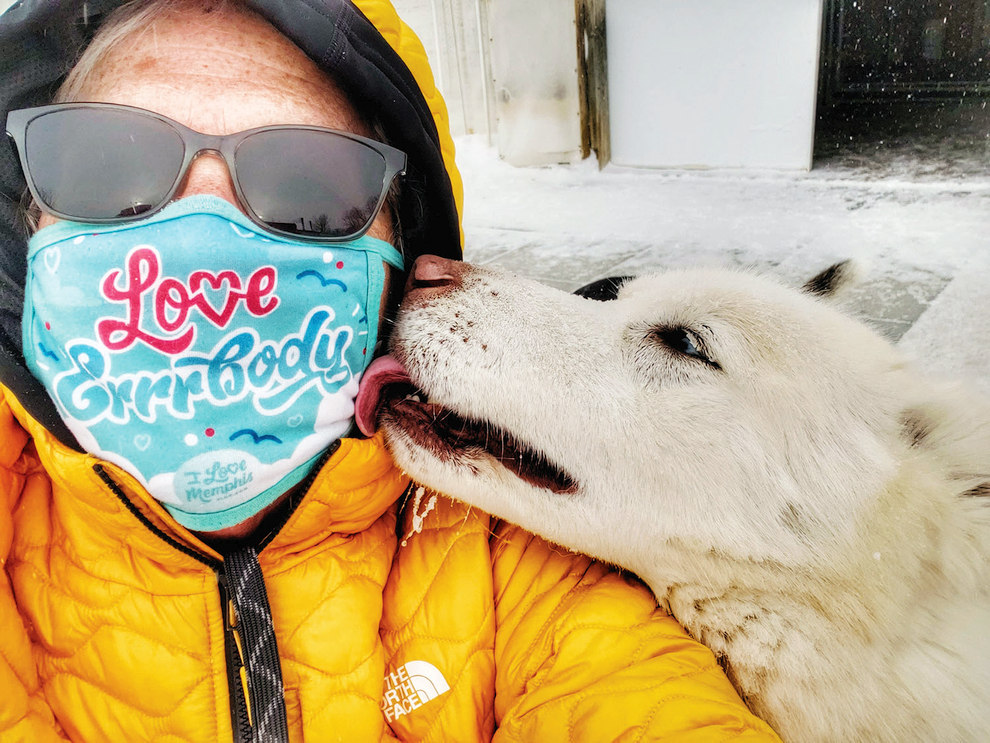
Although Jim has not raced his Siberian Huskies in Alaska, he hopes to visit for the Serum Run Centennial in 2025. In fact, Jim does not race his dogs at all. He chose early on to use his hobby to educate people about one of winter’s most exciting sports, dog sledding. In that way, he is similar to Leonhard Seppala. They both used the things that they love to help others.
The Siberian Outpost
N9103 County Road W, Malone, WI 53049
(920) 960-4252
“Unstoppable Stacey” Wittig writes about travel from her home near Flagstaff. If you enjoyed this story, you can read more at tinyurl.com/2t2bhy2u .

